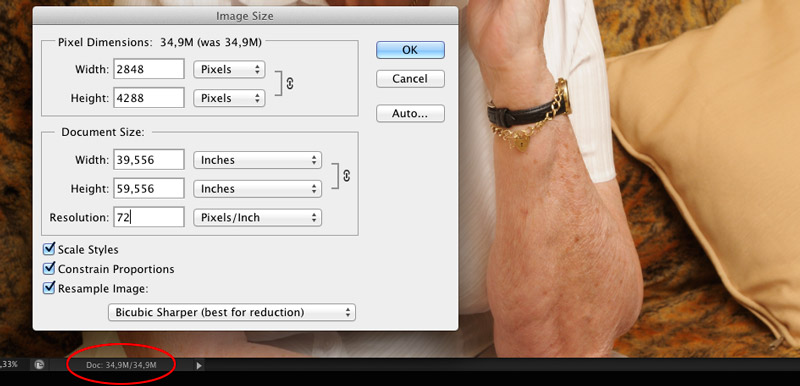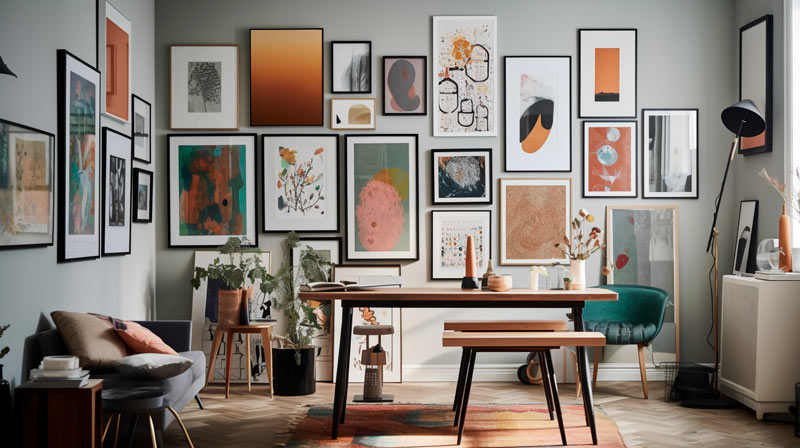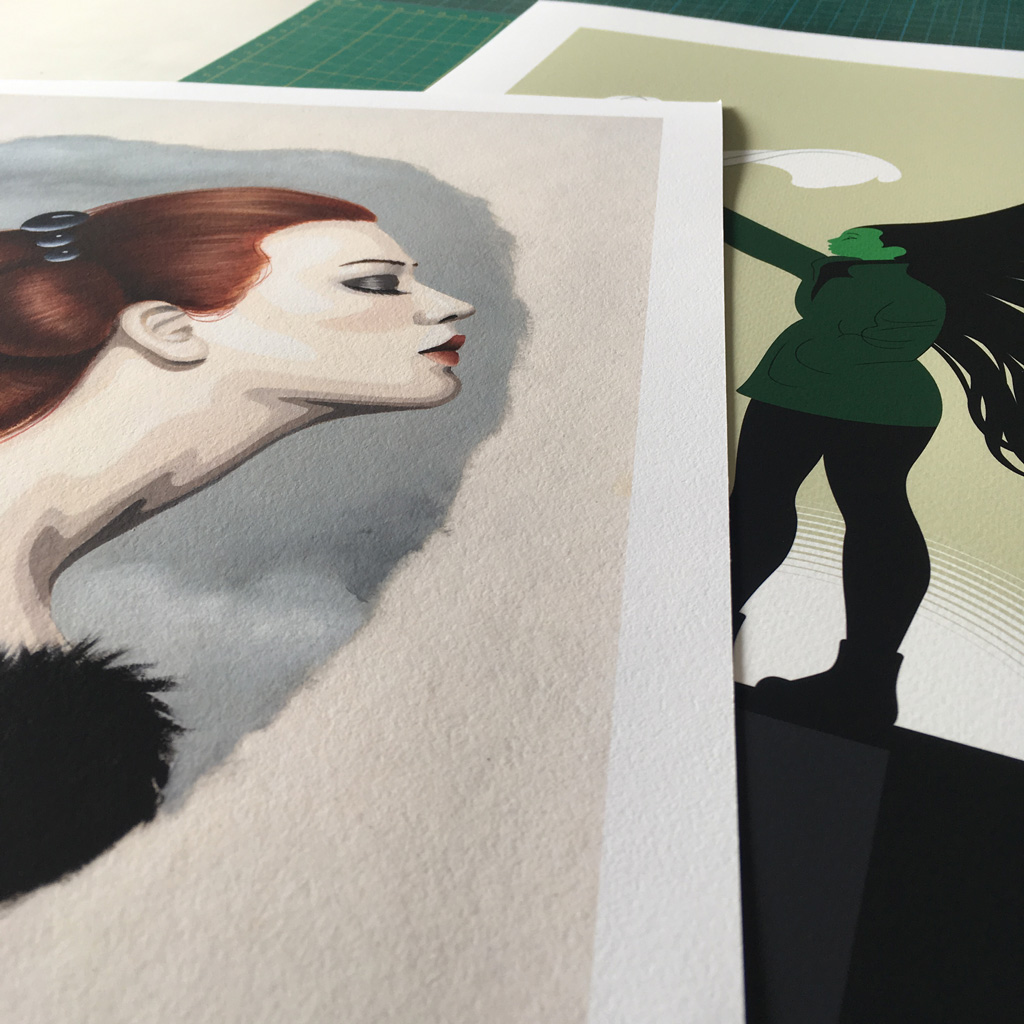Image resolution and megapixels are some of the most misunderstood terms used in digital imaging, among both enthusiasts and professionals alike. And yes, I just said professionals.
To get the ball rolling on this topic, I’m gonna just come right out and say something that might get the odd raised eyebrow, but nevertheless true: “DPI (resolution) is practically irrelevant until you want to print your image”.
Surprised?! Well, some of you at least. What is important is the total number of pixels in the image. The resolution itself can be set to whatever you want (72, 150, 300 or 1000 dpi) and as long as the total pixel count in the file remains the same, the quality is maintained too.
So what is DPI after all?
DPI stands for Dots Per Inch, and since computer monitors don´t display in dots — but rather in pixels — this can only refer to the dots made by printers when reproducing a digital image… because that’s what they do… dots… millions of them! An important point to remember is that the DPI of a file is just a way to measure it. Maybe you’ve heard someone say that they need a file at 300 dpi… well, ANY image file can be measured at 300 dpi, whether it has been saved that way or not!
Here’s how it works:
Let’s say you have a 2848×4288 pixel image at 72 dpi.
At this resolution you could produce a 39.5 x 59.5 inch (100.3cm x 151 cm) printed image. So, if you divide the number of pixels by 72 dpi you will get the total number of inches that the image can be printed at:
2848 / 72 = 39.5 inch (100.3 cm)
4288 / 72 = 59.5 inch (151 cm)
Print size: 39.5 x 59.5 (100.3 x 151 cm)
To illustrate this, let’s take a look at the Image Size dialogue box in Photoshop CS6:

Several things are worth noting in this screenshot:
1 – at the bottom of the document window you can see the file size is 34.9 MB (Mega Bytes)
2 – the Pixel Dimensions in the upper section of the Image Size dialogue box: 2848×4288
3 – in the Document Size section, note the big physical dimensions if we wanted to print at this resolution of 72 dpi.
Now let’s change the image resolution without touching the number of pixels, therefor preserving it’s quality. Here’s how:
Step 1: In Photoshop (or Photoshop Elements) choose Image > Image Size
Step 2: At the bottom of the Image Size dialogue box, uncheck Resample Image (important). By doing this, the pixel dimensions are locked, therefor locking the quality. Now enter 300 into the resolution box and watch what happens.

What has changed? Now the image is 300 dpi and consequently the physical dimensions have decreased to 9.5 x 14.3 inch (24 x 36.3 cm). In other words, the physical dimension of the image has changed but not the pixel count. See how the size of the image didn’t change at all? Still those good ‘al 34.9 MB. We haven´t altered the pixels (quality), only the measurement (dpi) which affects the physical output of the image.
IMPORTANT: As long as you uncheck the Resample Image box you can change the resolution as many times as you like, and you won´t be affecting image quality at all.
Ok sounds great, but what image resolution do I need?
Well, that depends. Assuming you want to have your image printed, first you must determine what kind of printer it will be reproduced on and at what size. If a commercial printer (offset) is your image’s final destination then 300 dpi is usually required, unless it’s for a newspaper for which anywhere between 150 and 200 dpi will suffice. If you’re making giclée prints on high-end fine art printers like we do, very good results can be achieved from 150 dpi files. However, for the absolute best results a (native)* 200-300dpi file at print size is required though.
So, going back to our initial 2848×4288 pixel image example I could make the following giclée prints on a high-end fine art printer:
– 28.4 x 42.8 inch (72.3 x 109 cm) — For an average quality print at 100 dpi:
– 19 x 28.5 inch (48.2 x 72.6 cm) — For a very good quality print at 150 dpi
– 14.2 x 21.4 inch (36 x 55 cm) — For an Excellent quality print at 200 dpi
To find out at what sizes you can print your images at different resolutions depending on the requirement of the output device, just remember the formula… ok, for those who’ve forgotten,
just divide:
Width in pixels by desired output resolution = print width
Height in pixels by desired output resolution = print height
Your megapixel will be width in pixels x height in pixels, for example:
3000×2000 = 600 000 = 6 megapixels
Well, that’s a wrap on resolution and I hope this small article has explained resolution well enough to save you the cold sweats whenever you need to print your images.
If you still have any questions about the size of your giclée prints, get in touch.
*Native resolution refers to the original or inherent resolution of an image from a device such as a digital camera sensor or scanner. In the context of an image, native resolution is the number of pixels in the image as it was originally captured or created, without any resizing or resampling.
Thanks!
Stay tuned!




